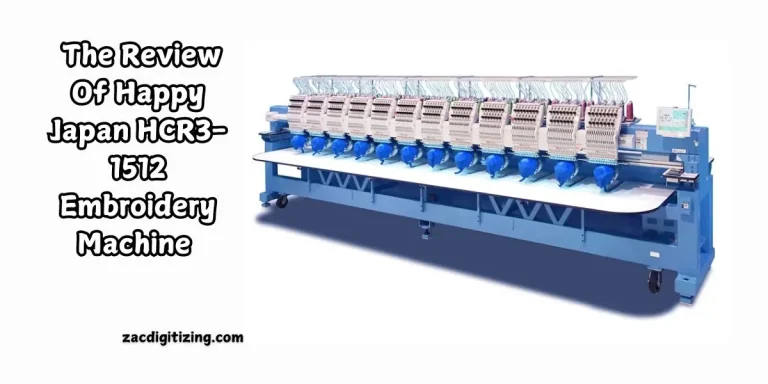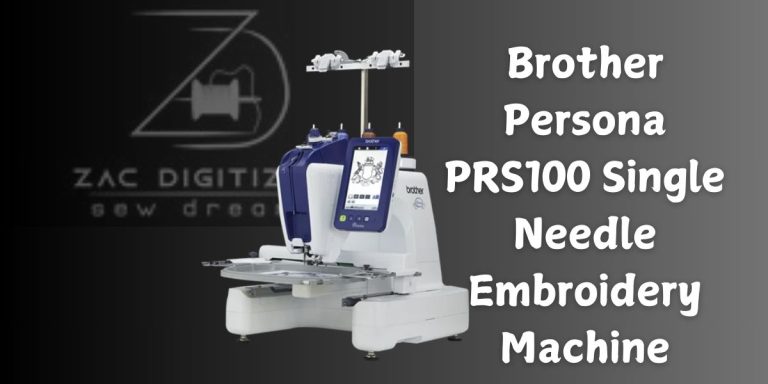How To Convert A Painting Into Vector Art – Best Guide
Converting an image from a raster format (Pixel) into a vector format. This process can be done by using vector software such as Adobe Illustrator or Inkscape. You can edit, resize, and manipulate your painting without losing quality in vector.

Why Converting A painting into Vector Art
Vector art is a mathematical equation and raster images are pixel-based images format that breaks the pixel during the scale-up while vector art remains the same and does not break its pixel and quality after resizing and editing.
Vector files are composed of individual, scalable objects of shapes defined by mathematical equations. which allows for easy editing, color, shape, and other elements without regarding the quality of the image.
Advantages of vectorization
Converting vector art can bring the advantage of ensuring the artwork can be used effectively across multiple mediums and platforms while maintaining its visual quality.
Vector allows you to edit, rotate, and resize the images, painting, and raster files without losing their actual pixels and quality which is a versatile option.
Prepare The Painting For Conversion
It is imperative to prepare your painting for conversion as you know the importance of vectorization. Let’s discuss step by step the preparation of a painting for conversion.
- Clean your painting and ensure that it is free from dust and imperfection.
- Digitize it if it still needs to be digitized by scanning it in a high resolution.
- Choose an accurate scanner with 300 dpi or higher resolution.
- You have a high-quality camera for photography and avoid frames and shadows in painting.
- Use photo digitizing software to adjust the brightness, color, and contrast balance of the digital image.
- Crop the image to remove the unnecessary parts of the images and background.
- Resize the images for the desired dimension for vectorization.
- Remove unwanted elements from the painting by using editing tools like signature and background.
- Always keep a high-resolution backup for your original scanned or photographed painting in its raw format.
Select The Best Software For Vectorizing The Painting
It is very essential to choose the best software for converting painting into vector art to achieve accurate and high-quality results. The following are the most popular.
Popular Software Options
There are a lot of software available in marketing for vectorization but among them, these five are the most popular and renamed for their quality and tools such as Affinity Designer, CorelDRAW, Inscake, online tools, and Adobe Illustrator are the best and most versatile software for vector conversion.
Consideration
When selecting software consider the factor complexity of your painting some paintings may require more manual refinement for vectorization.
Considering your familiarity with vector graphic software some programs may require a hard and complex learning curve.
How To Turn a Painting Into Vector Art
Well you know about vector art and its importance now it is time to learn about the conversion of painting into vector art follow the explained steps for the vectorization of your painting.

Digitize The Painting
Select your desired painting and digitize it if still not digitized scan it at a high resolution of 300 dpi or more to capture a perfect and clear image.
Choose A Vector Software
Choose the accurate and best vector software for your painting Adobe Illustrator Coredrea and Inscake are designed for creating editing and designing vector formats.
Import The painting Into Vector Format
Sacan or photographed the painting to import and make sure the chosen program worked according to the vector format.
Trace The Image Outline And Shapes
Many software like Adobe Illustrate and Inscake offer an automatic tracing feature. which converts the raster image into a vector automatically. If the automatic tools do not give sophisticated results then use a pen tool or shape tool in your vector over the painting which brings an effective visual look.
Refine The Vector Art
After Tracing refine your vector by cleaning unnecessary paths or points to simplify the vector file. Adjust the color gradients and stork to match the original painting or to achieve the desired artistic effect
Experienced with Different Techniques and setting
Vector files Allow their use for more and more different formats and settings for experience with them on their vectors to bring a unique change and dynamic look to their vector for their viewers.
FAQs (Frequently Asked Questions)
Final Thoughts
With accurate software and implementation on the given points, you can easily convert your raster images and paintings into vector files for the best and most versatile quality.






